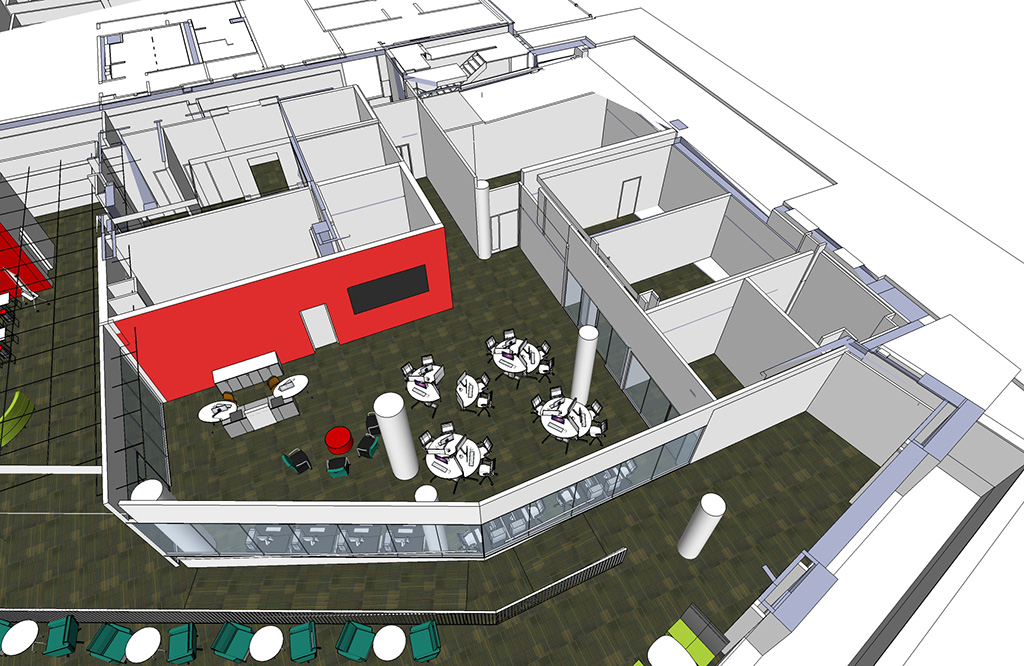How do I feel when I think, you ask? Depends on the thinking. The best thinking happens once I’ve settled into the work, and twitches that pull me out of my…
Eric D. M. Johnson Posts
I just returned from a lunch in which I decried a local news station’s tendency to call their weather forecast a “futurecast,” when the future is (in my mind) kind…
I’m hereby finally pulling this blog off the bookshelf and whacking it on my leg a couple of times to get the dust off of it. Having moved to a…
In considering recent definitions of digital humanities, I’m often struck by some common aspects of many of them—the ones that have nothing to do with the digital: “. . .…
I have followed the developments of the One Week | One Tool project with great interest over the past seven days. Like everybody else, I’m very curious to see what…
The past few days, thanks to blog- and Twitter–based discussions related to #followamuseum (which Day is, by the way, today), there’s been some interesting conversation around the question of whether…
Read More On following followers, with help from Miss Manners
A week after the event, I have time to catch my breath a bit. Last weekend I attended THATCamp, an unconference on the digital humanities hosted by the Center for…
Compare the following statements. [These institutions] will be primary sites for civic dialogues about community interests and the policies that affect communities. They will be one of the most powerful…
Read More Convergence or Collision? Proper Platforms for Civic Engagement
[Note to self: never try to launch a blog just before a series of major projects get under way. This is the start of my do-over.] ** I wanted to…
